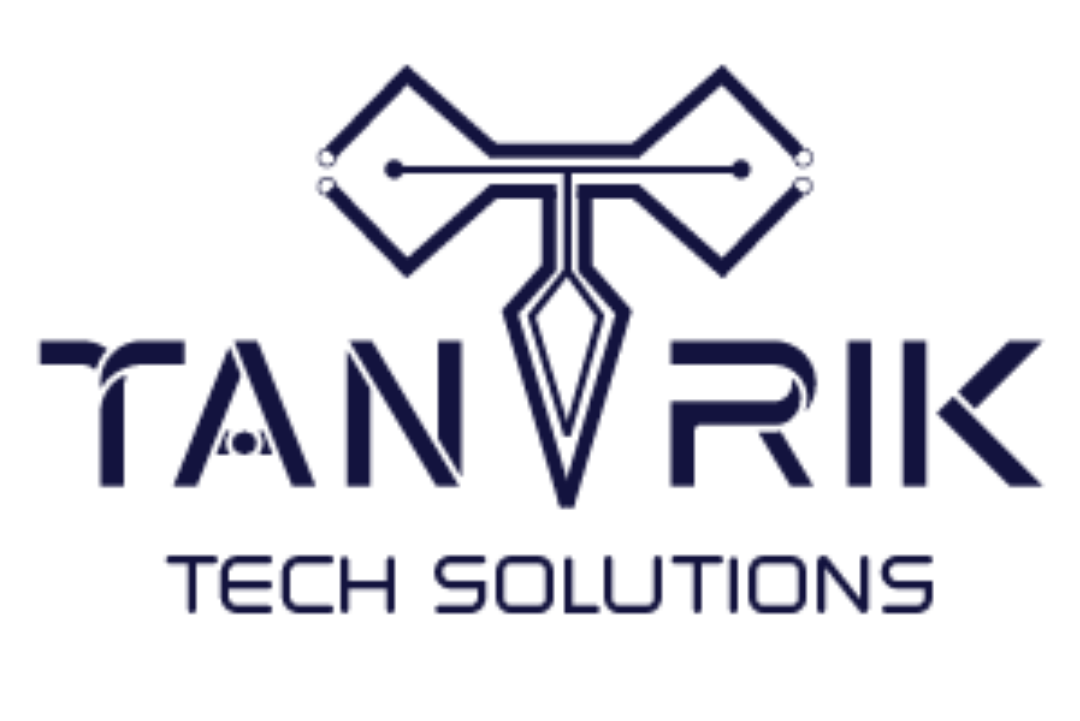Introduction
Search Engine Optimization (SEO) is the process of optimizing a website to rank higher in search engine results pages (SERPs) like Google. It’s a critical aspect of digital marketing that helps businesses increase their visibility and attract more organic traffic. By improving your SEO, you can boost your site’s credibility, making it easier for users to find your products or services.
Ranking higher in search results doesn’t just bring more clicks; it brings more conversions. In fact, studies show that organic search results drive 53% of all web traffic, and leads generated from organic search have a 14.6% close rate, compared to just 1.7% for outbound leads. The potential is undeniable.
Understanding SEO Basics
What is SEO?
In simple terms, SEO is the art and science of getting pages to rank higher in search engines like Google. The better your SEO, the more likely your website will appear at the top of the search results when someone searches for a related product, service, or question. SEO can be broken down into several core components, all aimed at helping search engines understand your website better and rank it appropriately.
How Search Engines Rank Websites
Search engines like Google use crawlers or bots to scan websites, analyze content, and store information in their databases. They use complex algorithms to rank sites based on hundreds of factors, including content quality, site structure, user experience, and relevance to the search query. Regular algorithm updates ensure that search engines deliver the most accurate and helpful results for users.
The Importance of Keywords
Keywords are the bridge between what people are searching for and the content you provide. By targeting relevant keywords, you signal to search engines what your page is about, helping them understand and rank your site accordingly. The strategic use of primary keywords (specific terms that best describe your content) and long-tail keywords (more specific phrases) can significantly impact your ranking.
On-Page SEO Optimization
Keyword Research and Integration
Keyword research is the process of discovering which terms your target audience is searching for. Using tools like Google Keyword Planner, SEMrush, or Ahrefs, you can identify high-value keywords and incorporate them naturally into your content. Be sure to use a mix of primary and long-tail keywords to target broader and niche queries.
- Example of primary keyword: “SEO strategies”
- Example of long-tail keyword: “best on-page SEO strategies for small businesses”
Content Optimization
Crafting high-quality, valuable content is crucial for SEO. Your content should be informative, engaging, and cater to the needs of your audience. Use headings (H1, H2, H3) to structure your content for readability and SEO. Additionally, don’t forget to optimize your meta descriptions—these short summaries appear in search results and play a role in encouraging users to click.
- Alt Text: Ensure all images have descriptive alt text for accessibility and search engine crawling.
Internal Linking
Internal linking refers to linking one page of your website to another. This practice helps search engines understand the structure of your site and distributes authority (link juice) to other important pages. It’s also beneficial for users, guiding them to related content.
URL Structure
A clean, SEO-friendly URL structure can help search engines understand what your page is about. URLs should be short, descriptive, and include your target keyword.
- Good URL: yourwebsite.com/seo-guide
- Bad URL: yourwebsite.com/123-xyz
Off-Page SEO Strategies
Backlinking
Backlinks are links from other websites to yours, and they are one of the most important off-page SEO factors. High-quality backlinks from reputable websites act as a vote of confidence, signaling to search engines that your content is valuable and trustworthy.
How to Acquire Quality Backlinks:
- Create shareable, valuable content.
- Reach out to industry bloggers or influencers for collaborations.
- Submit guest posts on authoritative websites.
Social Signals
Although social media doesn’t directly affect SEO rankings, it plays a crucial role in driving traffic. When your content is shared across platforms like Twitter, Facebook, or LinkedIn, it increases visibility, leading to more inbound traffic and engagement.
Guest Blogging and Outreach
Guest blogging involves writing content for other websites in exchange for a backlink to your site. It’s a great way to build relationships with high-authority sites in your niche, boost your credibility, and acquire more backlinks.
Technical SEO
Mobile Optimization
With mobile-first indexing, Google primarily uses the mobile version of your site for indexing and ranking. Make sure your website is responsive, meaning it works well on all devices, especially smartphones. A mobile-friendly design improves both user experience and SEO rankings.
Site Speed
Page load speed is a key ranking factor. If your site is slow, users are likely to bounce, which can hurt your rankings. Use tools like Google PageSpeed Insights to check your site’s speed and follow recommendations for improvement.
Sitemaps and Indexing
A sitemap is a file that helps search engines understand your site’s structure and crawl it more efficiently. Submitting your sitemap to Google Search Console ensures that all of your pages are indexed correctly.
HTTPS and Security
Google considers website security when ranking pages. HTTPS is a secure version of HTTP, encrypting data for safe browsing. Securing your site not only helps your SEO but also builds trust with users.
Local SEO for Businesses
Why Local SEO Matters
Local SEO helps businesses promote their products and services to local customers when they search for them online. This is especially critical for small businesses that rely on local customers.
Optimize Your Google My Business Profile
To improve your local SEO, claim and optimize your Google My Business (GMB) listing. This includes providing up-to-date business information, adding images, and encouraging customer reviews.
NAP Consistency
NAP stands for Name, Address, and Phone number. Consistency across your website, GMB, and other platforms ensures that search engines and customers can easily find your business.
Gathering Local Reviews
Positive reviews not only help build trust with potential customers but also improve your local SEO. Encourage satisfied customers to leave reviews on Google, Yelp, and other relevant platforms.
Measuring and Analyzing SEO Success
Tools for Tracking SEO Performance
Use tools like Google Analytics and Google Search Console to track your SEO performance. These tools can help you monitor your organic traffic, track keyword rankings, and identify areas for improvement.
Key SEO Metrics
- Click-through Rate (CTR): The percentage of users who click on your link from the search results.
- Bounce Rate: The percentage of visitors who leave your site after viewing only one page.
- Dwell Time: The time users spend on your site, indicating engagement.
Continuous Improvement
SEO is not a one-time effort. Regularly analyze performance, test new strategies, and adjust based on data to maintain and improve your rankings.
Conclusion
SEO is a powerful tool that can significantly enhance your business’s visibility, credibility, and organic traffic. By mastering the fundamentals of on-page, off-page, and technical SEO, you can boost your search rankings and drive meaningful traffic to your site. If you’re ready to take your SEO to the next level, consider conducting an SEO audit or partnering with professionals.




